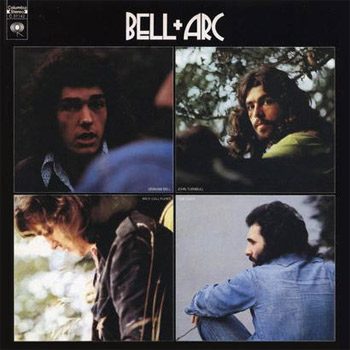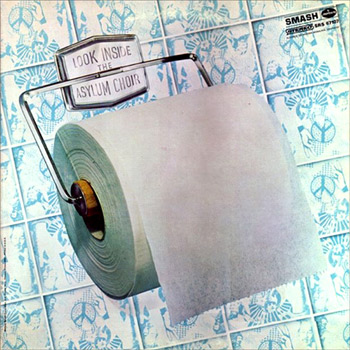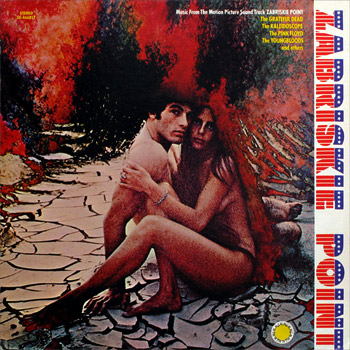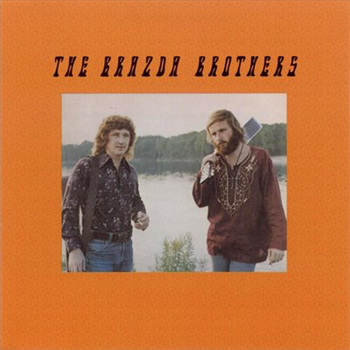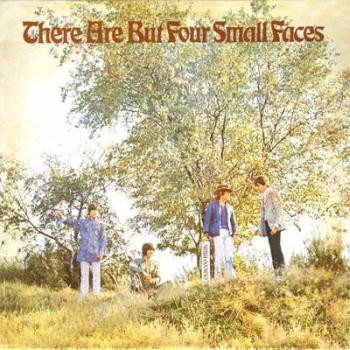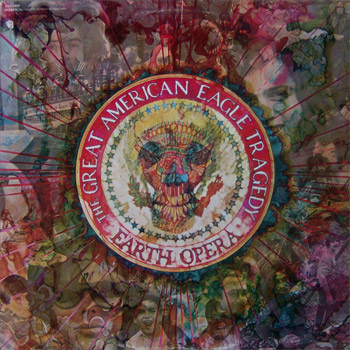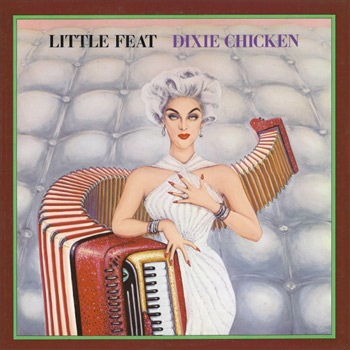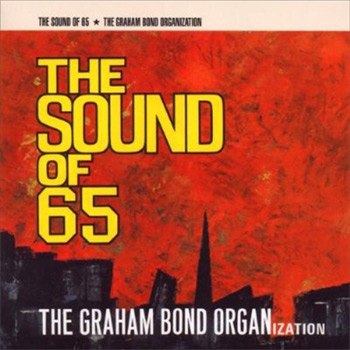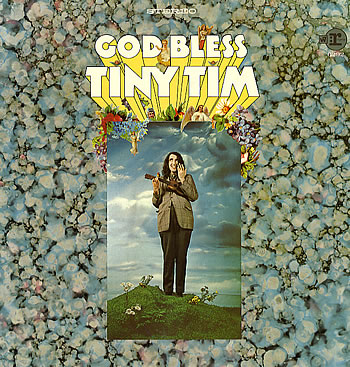Emerald Web “Dragon Wings and Wizard Tales”
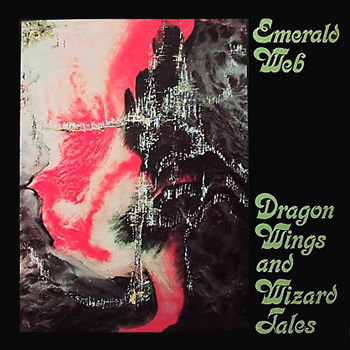
Emerald Web was the wind playing electronic duo of Kat Epple and Bob Stohl. Although they’d become better known for their work scoring nature documentaries (including many collaborations with Carl Sagan), Emerald Web’s 1979 debut album was a milestone in electronic psychedelia- rooted in the prog of the mid 70s and foreshadowing much of what would come in the early 80s.
Dragon Wings and Wizard Tales mixes analog synthesizing with the heavy use of wind instruments, augmented occasionally by the angelic vocals of Kat Epple. The sound is incredibly unique. There is a very haunting experimental quality to this music that prevents it from sounding like muzak, although it occasionally veers in that direction.
The Lyricon wind controller makes a very early recorded appearance on this album and is one of the reasons the many sounds heard here are hard to place. The line is constantly blurred between live flutes and the electronic approximations, even occasionally mimicking bird calls. It’s these sound combinations that give the songs an otherworldly quality- like hearing indigenous music from another planet.
Although some pastoral vocal songs show up here and there, eerily dreamy instrumentals make up a little more than half the record. These are certainly among the highlights and show Emerald Web’s talent for crafting soundtrack music that would come to the fore later on. “The Flight of the Raven” is a brief but gorgeous piece, summing up all that is good about this record in under three minutes. Fleeting melodies give way to dramatic clashing synths, fading away at just the right moment. “The Powerstone” recalls early King Crimson, especially the vibe of “Moonchild”. It’s on this track that Emerald Web’s knack for creating natural sounding tones and soundscapes from very electronic instruments is most evident.
This record is highly recommended for fans of golden era progressive and electronic music. Originally released as a private pressing on Stargate, Dragon Wings and Wizard Tales LPs are somewhat rare these days, although they do turn up regularly on eBay.
“Fight of the Raven”
![]() Original Vinyl | 1979 | Stargate | search ebay ]
Original Vinyl | 1979 | Stargate | search ebay ]
